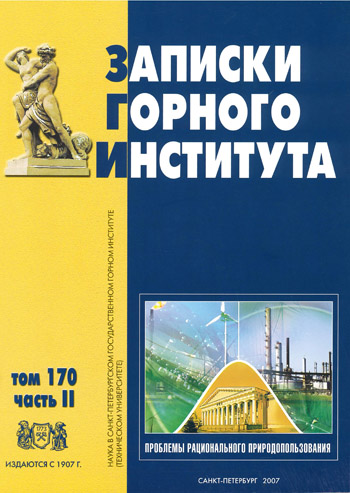Nitrification of high ammonia concentrations in membrane bioreactors - microbiological aspect
- 1 — Silesian University of Technology
- 2 — Silesian University of Technology
Abstract
Activated sludge-based wastewater treatment is known to be one of the most effective and popular methods of wastewater treatment. Activated sludge, which is a mixture of microorganisms, is an excellent material for research both in the field of microbiology and technology, which allows finding a way to efficiently utilize various chemicals. This study investigates temporal changes in the microbial community on the membranes of bioreactor bioreactors of wastewater treatment plants whose wastewater contains large amounts of ammonia nitrogen. Knowledge of species composition and its variability over time in response to environmental factors is important from both microbial ecology and technological perspectives. The aim of this study was to compare the composition of the activated sludge community at two different sludge ages. The analysis was performed to assess the abundance of the main species and the structure of the bacterial community, mainly using ammonia- and nitrite-oxidizing bacteria as examples. The aim of the short report is to familiarize the reader with the problems of increasing loads of nitrogen compounds due to various anthropogenic activities. It is clear that protecting our water resources is of great importance on a global scale.
